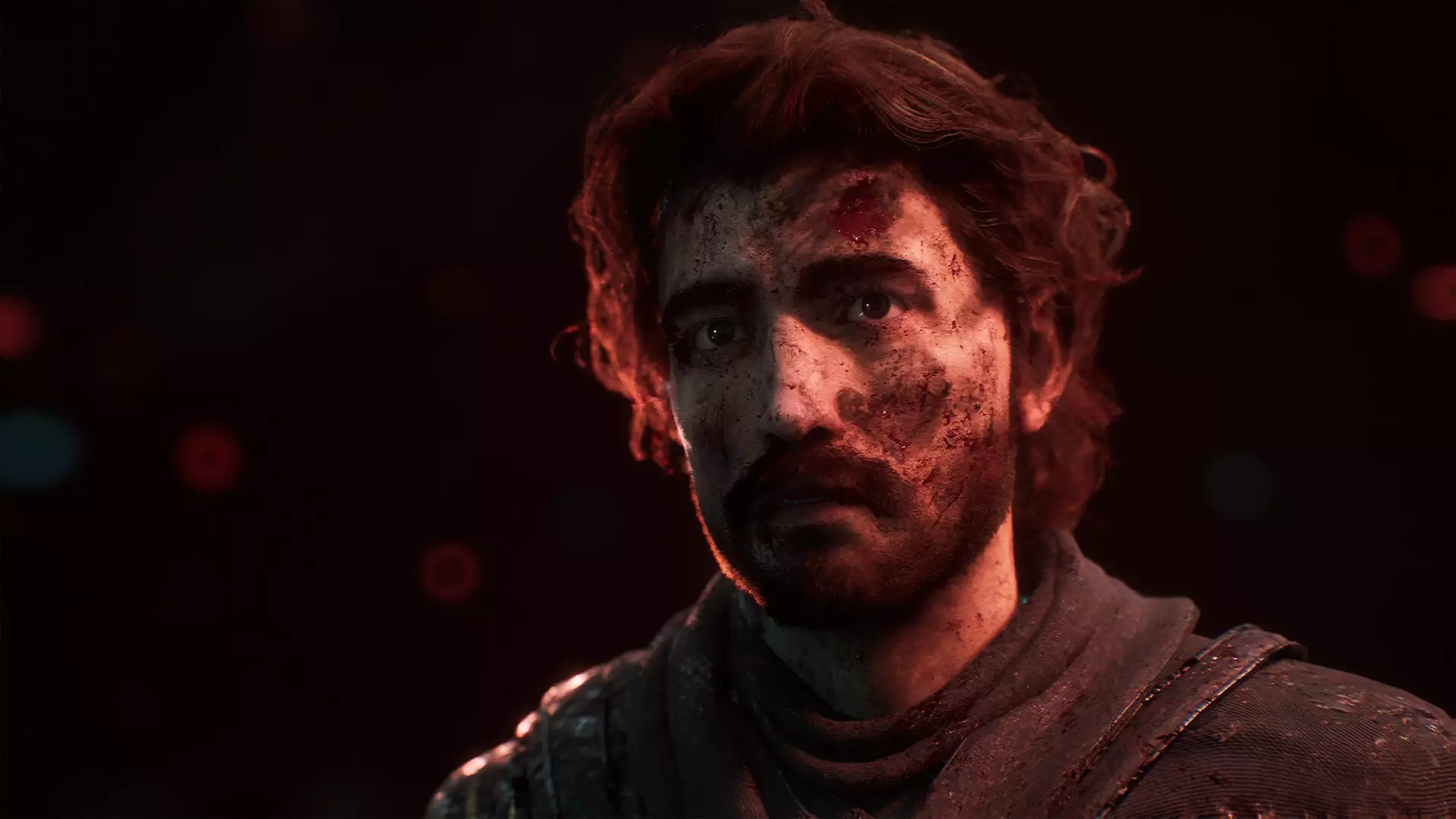In the realm of interactive storytelling, few choices are as audacious and impactful as the decision to kill off a main character early in the narrative. Traditionally, games aim to create an emotional attachment that keeps players invested, offering a sense of progression and hope. Yet, some developers dare to subvert these expectations entirely, embodying a philosophy that emphasizes the raw power of sacrifice. “Clair Obscur: Expedition 33” exemplifies this approach, choosing to sacrifice its protagonist not as a plot device but as a profound statement on loss and the human condition. It is a stark reminder that the most memorable stories often challenge our comfort zones rather than coddle them.
The deliberate choice to end Gustave’s journey so abruptly underscores a fundamental belief: meaningful storytelling in games stems from confronting players with uncomfortable truths. The death of the protagonist early on feels like a gut punch, yet it resonates deeply because it elevates the narrative beyond mere escapism. Instead of safe, predictable arcs, players are compelled to grapple with themes of impermanence and the unsettling reality that even the most central characters are transient. This bold storytelling gambit compels players to reassess their attachment to characters and engage with the game world on a more visceral level.
The Creative Genesis: From Joke to Core Philosophy
What makes this narrative turn even more compelling is its origin story. According to Guillaume Broche, the game’s director, the decision was rooted in an unconventional brainstorming session with lead writer Jennifer Svedberg-Yen. It began as a jest—”What if we kill him?”—but the idea surprisingly gained momentum. Broche didn’t see this as mere irony; instead, he recognized it as a potent tool to evoke the theme of loss at the heart of “Clair Obscur.” This development reveals a philosophical approach where humor in the creative process transformed into a deliberate device for emotional impact.
This turning point highlights how creative risks, often dismissed as jokes or idle musings, can evolve into central narrative pillars when approached with intentionality. It’s a testament to the importance of openness and flexibility within game development, allowing seemingly trivial ideas to shape profound storytelling mechanisms. The fact that the developers intentionally embraced the shock value demonstrates a commitment to crafting an experience that lingers, forcing players to confront uncomfortable truths that mirror real-world uncertainties.
Transformation Through Loss: A Player’s Emotional Journey
The death of Gustave leaves an indelible mark on players, turning their journey in “Clair Obscur” into a meditation on vulnerability and the impermanence of life. This choice underscores the idea that genuine emotional engagement in games may sometimes require sacrificing traditional storytelling comfort zones. When players invest time in skill trees and develop attachment to characters, their subsequent loss can evoke complex feelings of grief, frustration, and reflection.
Such narrative bravery shifts the focus from mere gameplay mechanics to fostering an emotional resonance that persists beyond the screen. It compels players to confront their own perceptions of attachment—where progress, effort, and care are rewarded by a sense of connection that, when severed unexpectedly, confronts the player with the reality that nothing is permanent. This approach champions the power of storytelling that extends beyond the superficial, making each interaction and decision carry weight.
Redefining the Role of the Player in Narrative Depth
Ultimately, “Clair Obscur” challenges traditional notions of storytelling in gaming by illustrating that the most impactful narratives often involve risk and loss. The decision to kill Gustave was not simply a plot twist but a deliberate artistic statement about the fragility of life and the importance of embracing vulnerability. It invites players into a space where storytelling becomes an act of emotional honesty, transforming how narratives are constructed in the medium.
This approach sparks an essential debate: Should games prioritize comfort and escapism, or should they embrace bold, sometimes uncomfortable truths to deepen player engagement? The developers’ choice reflects a conviction that truthful, poignant stories require bold risks—risks that ultimately elevate the medium from entertainment to art. In doing so, “Clair Obscur” sets a precedent, urging others in the industry to reconsider how sacrifice and loss can be used powerfully to forge authentic emotional experiences within interactive worlds.

